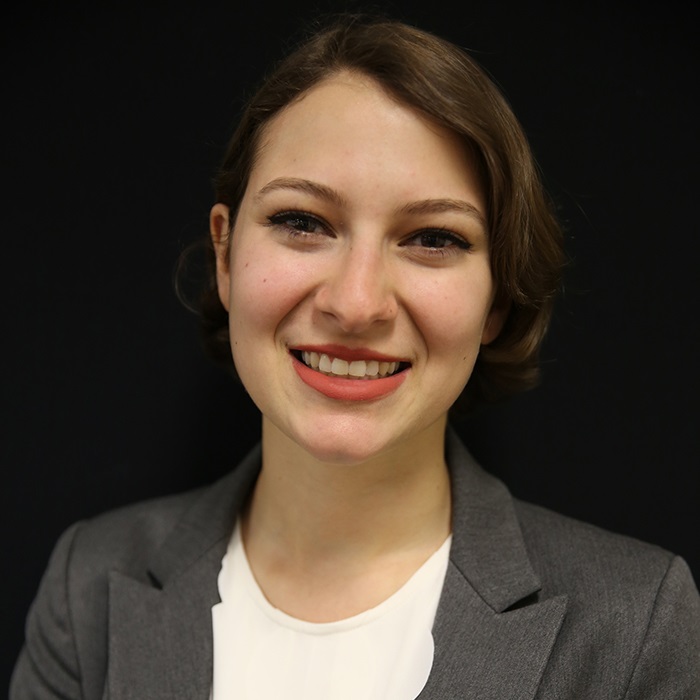What year did you participate in the BP-ENDURE Program at Brown?
I participated in the BP-ENDURE program at Brown in the summer of 2015.
What research project and laboratory did you work in?
I worked in the laboratories of Kristi Wharton and Diane Lipscombe, which solidified my goal of exploring neural circuitry and its involvement in behavior. The collaborative project I worked on integrated molecular and cellular biology with neuroscience using live dissections, immunohistochemistry, and electrophysiology. I analyzed the synaptic transmission of the neuromuscular junction in the Drosophila model of amyotrophic lateral sclerosis (ALS), a neurodegenerative disorder that impacts neurons of the brain and spinal cord. In order to understand the impact of ALS-related gene mutations in humans on the neuromuscular junction morphology and function, it is important to deepen our knowledge of the cellular mechanisms leading to these extraordinarily complex behaviors.
Where are you from?
I am originally from Amman in Jordan, but as a child I moved around many cities and countries. I called New York City home for 5 years while attending the City of University of New York at Hunter College for my undergraduate studies.
Why did you decide to pursue research in brain science?
In my sophomore year of college, I shadowed a neurologist in the Multiple Sclerosis Comprehensive Center at New York University Medical Center and studied MRI scans of patients to investigate the processes occurring in their brains that led to the visible and invisible symptoms they were experiencing. After enrolling in a physiological neuroscience course, I became fascinated by the questions drawn from exploring the elemental neuronal processes behind impaired and typical behaviors. Moreover, my excitement heightened as I learned about the circuitry governing motor and sensory function—how a simple lesion could induce such a vast and varied array of disorders. Ultimately, my personal and professional experiences have driven my passion in investigating the fundamental neural and cellular basis of neuroscience.
What is your most memorable experience from your training in brain science at Brown?
When using Drosophila as a model to study cellular and molecular mechanisms of the brain, it is important to perfect the microscopic dissections. During my summer training, I spent hours and weeks on end attempting to perfect the technique. Driven by the question of how ALS mutations impact synaptic transmission, my fondest memory from my training at Brown is when I finally mastered the dissection.
What are you doing currently?
I am a first year graduate student in the Neuroscience Graduate Program at Brown rotating in the laboratory of Kristi Wharton.
What are your future career plans?
My professional and personal experiences have taught me that there are multiple factors that influence movement and sensory feedback. Although these processes are used regularly and are very common, they are highly complex and, when altered, could lead to varying deficits. An essential step toward the study of these questions is the pursuit of a Ph.D. in molecular and cellular neuroscience. Graduate school will enable me to increase my knowledge base in this area, develop my critical thinking skills, and refine the technical skills necessary to carry out advanced research. After obtaining my Ph.D, I aim to continue research on the cellular and molecular mechanisms underlying neurodegeneration and motor function.
What is your favorite activity outside of the lab?
My favorite activity outside of the lab is to practice mindfulness and exercise using different yoga practices, which helps me focus on my mind and body without everyday distractions.
